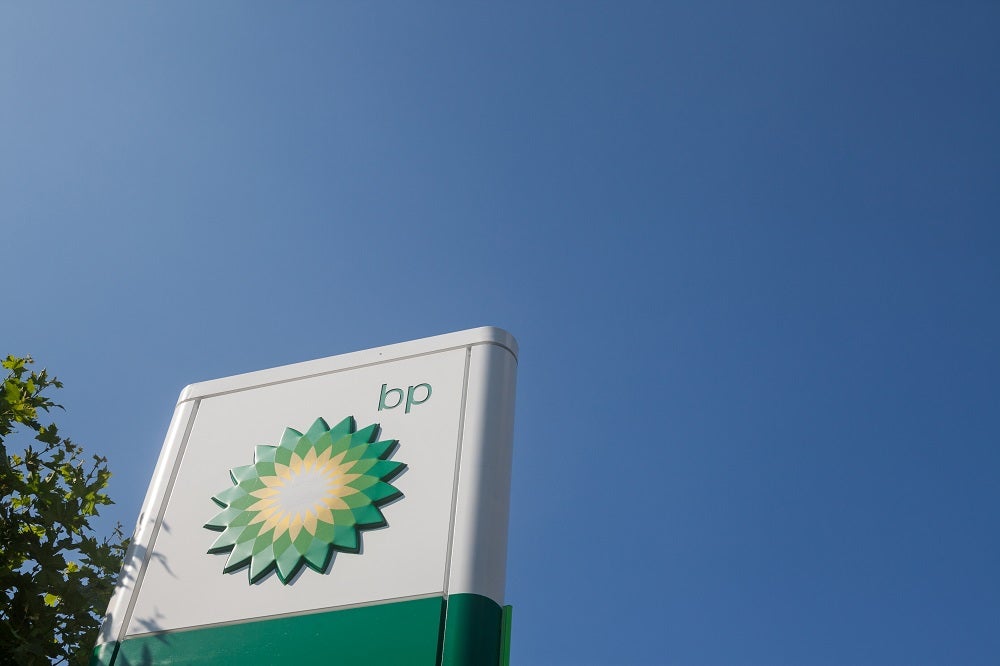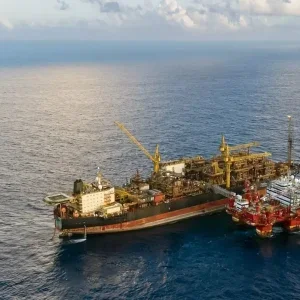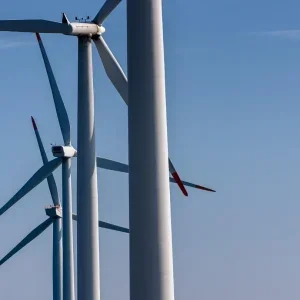
BP reported a $5.7bn full-year loss in 2020, compared to profits of $9.9bn in the previous year, reflecting the extent of the pandemic’s impact on the oil industry.
A plunge in global fuel demand and oil prices during the year, along with exploration write-offs and weak refining margins were attributed to the performance.
It is the first time in a decade the UK oil major has returned a full-year loss. Its share price fell 48% over the course of 2020, although is up slightly since the start of this year.
In its latest earnings update, BP also posted a 96% year-on-year decline in fourth-quarter profits, which totalled $115m for the final three months of the year.
The quarterly results were “significantly impacted” by lower downstream marketing performance, continued pressure on refining margins and utilisation, and poor results from gas marketing and trading, the company said.
“2020 will forever be remembered for the pain and sadness caused by Covid-19,” said BP chief executive Bernard Looney. “Lives were lost – livelihoods destroyed. Our sector was hit hard as well. Road and air travel are down, as are oil demand, prices and margins.”
BP slides to full-year loss after 2020 demand drop and oil-price slump
Worldwide measures to contain the spread of coronavirus had a huge impact on oil markets in 2020. Travel restrictions and a deep economic slowdown knocked almost 9% off global oil demand over the course of the year – around 8.8 million barrels per day, according to the International Energy Agency.
After a price war between Russia and Saudi Arabia in March sent oil prices nosediving, a co-ordinated effort was made by the Opec+ alliance to lower production rates and stabilise the market. Key crude benchmarks have since recovered to above $50 per barrel for the first time since last February, although uncertainty still remains as the virus persists around the world.
Amid these challenging conditions, BP embarked on a low-carbon transition in 2020, setting a net-zero target for mid-century and aiming to position itself as an “integrated energy company” less focused on fossil fuels and more engaged in renewable production and clean energy services.
A major restructuring of the business saw 10,000 people earmarked to leave the company as Looney, who moved into the top job a year ago, sought to turn BP into a “a leaner, faster-moving” company as it transitions.
More than half of these departures had occurred by the end of 2020, BP confirmed. The restructuring is expected to cost the company around $1.4bn, the majority of which will be incurred in the first half of 2021.
As part of its clean-energy pivot, BP aims to cut oil and gas production by 40% by the end of this decade, while spending $5bn on low-carbon assets and developing 50 gigawatts (GW) of renewable energy capacity over the same period.
It currently has 3.3GW renewable energy capacity, and recently completed its first venture into offshore wind with an agreement to develop two projects off the eastern US coast in partnership with Norway’s Equinor.
The company’s net debt was cut by $6.5bn over the course of 2020 to $39bn, as it targets a level of $35bn as early as the end of this year. A programme to divest $25bn by 2025 is currently underway, which has so far included the $5bn sale of its petrochemicals business to Ineos, and a partial ownership sale of a gas venture in Oman, announced yesterday.






